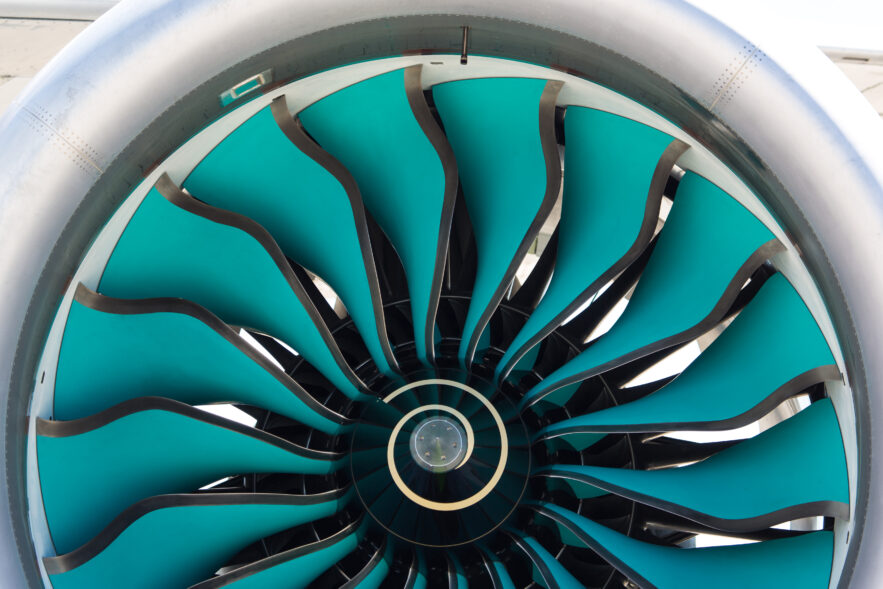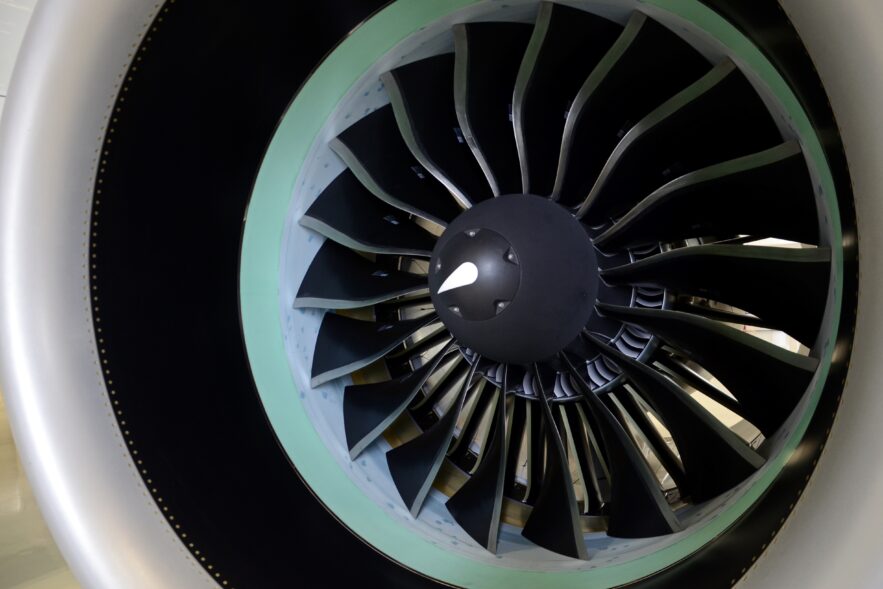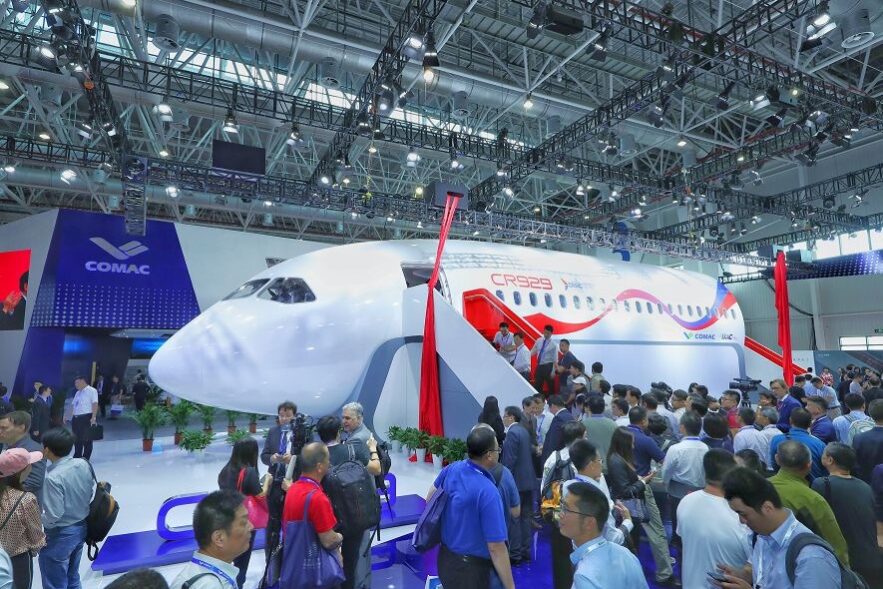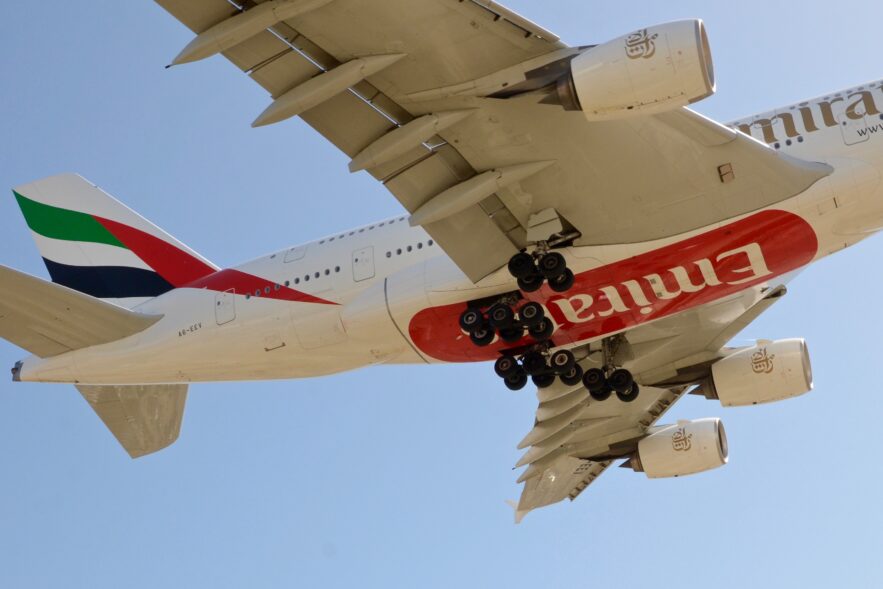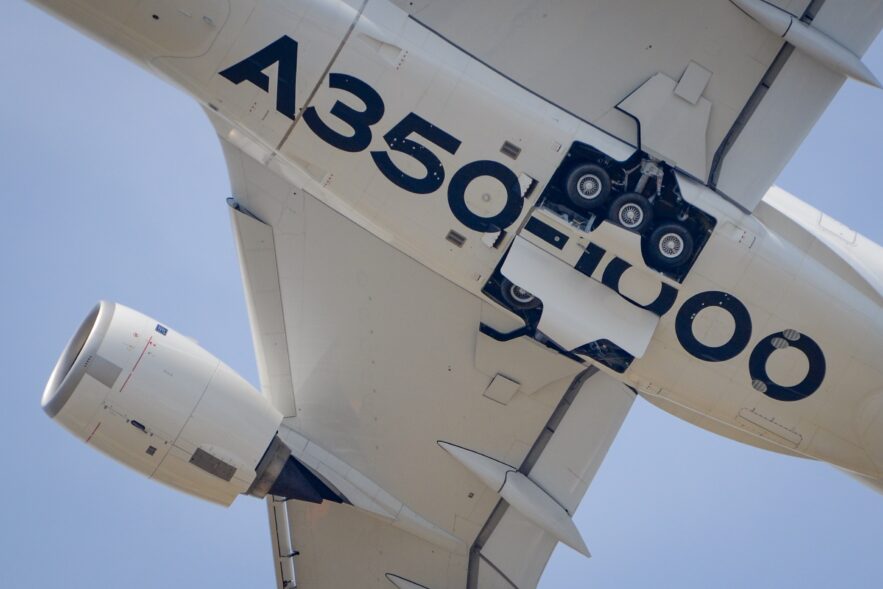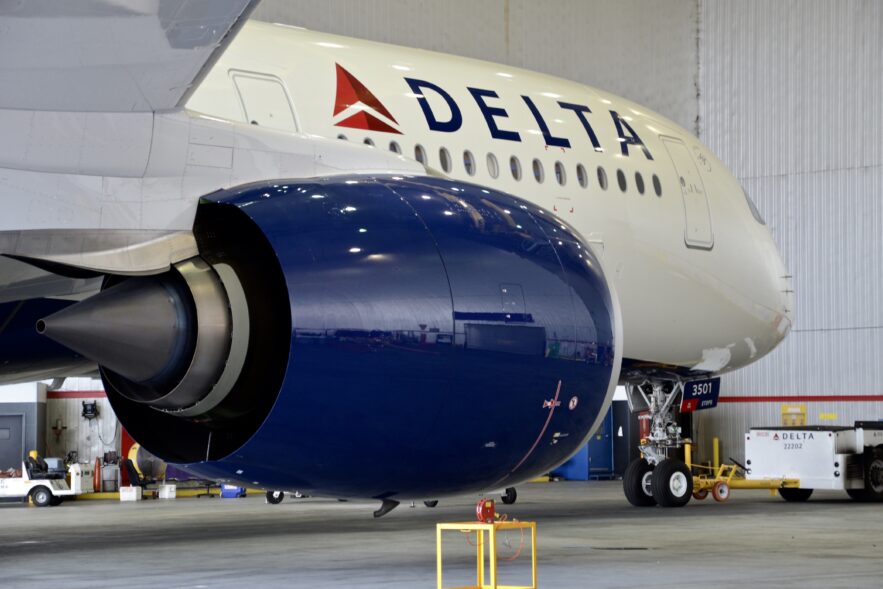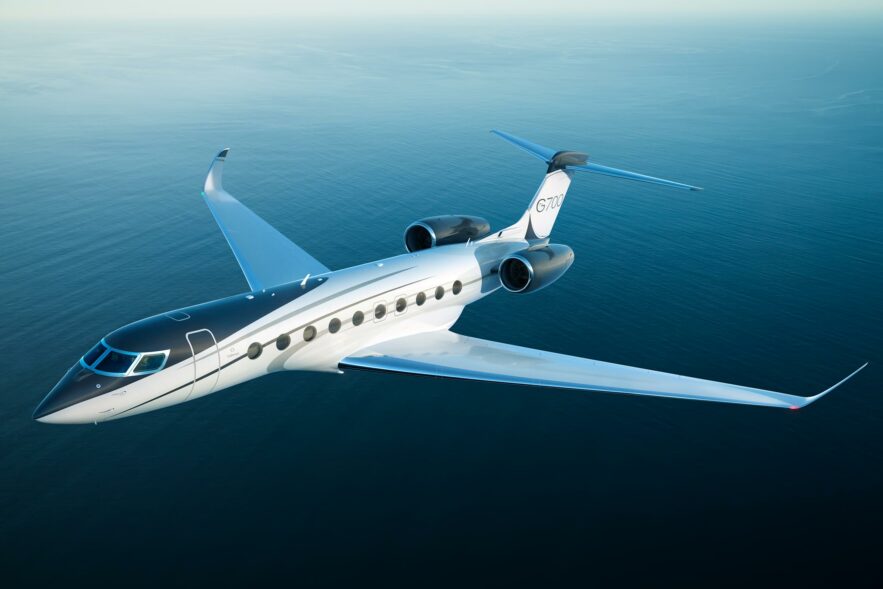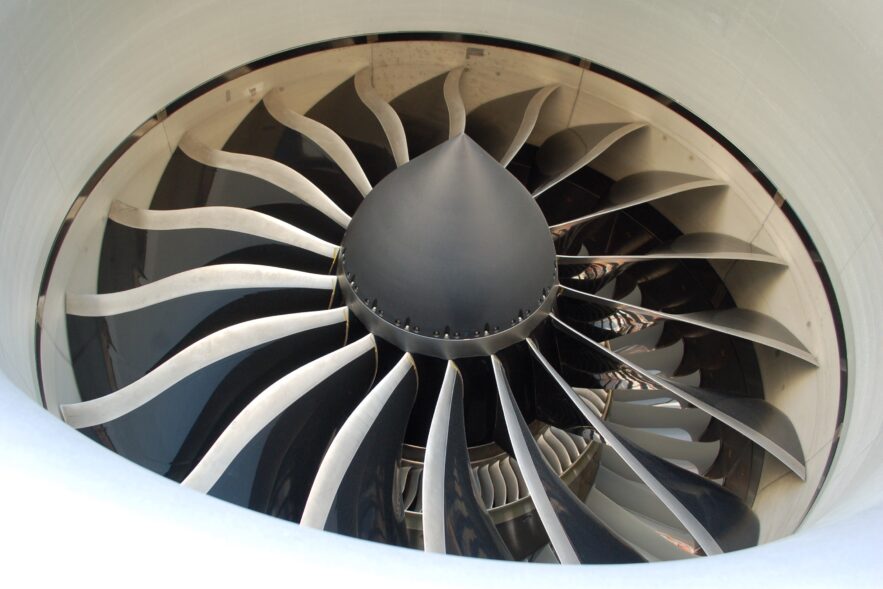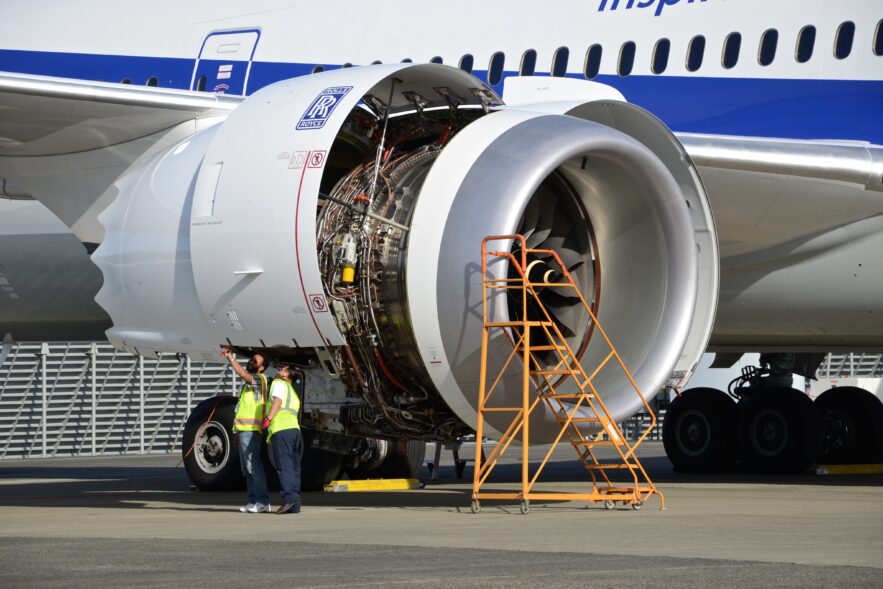CFM International, Pratt & Whitney and Rolls-Royce have homework due this week. The trio of largest engine makers had a...
Away from the supply chain frustrations and missing engines in Renton, the final assembly of the company’s new flagship in Everett, its...
Against the backdrop of the escalating on-again, off-again trade war with the U.S., China and Russia have moved away from...
The fifth in a series focusing on Boeing’s road to developing its next all-new commercial airplane. More than 1,000 people...
The biggest buyers of the Airbus A380, A350 and Boeing 777X, 777 (and second largest airline customer for 787) are...
The A350’s Trent XWB engine is a bright spot for Rolls-Royce after a bruising 2018 spent tackling issues with its Trent...
Rolls-Royce pulled its Ultrafan from consideration for Boeing’s 7K7 New Mid-Market Airplane, reflecting the plane maker’s 2025 development timeline and...
The sexiness of a commercial airplane deal, especially one from an influential blue chip customer, is often presented by its...
#mc_embed_signup{background:#fff; clear:left; font:14px Helvetica,Arial,sans-serif; } /* Add your own Mailchimp form style overrides in your site stylesheet or in this...
#mc_embed_signup{background:#fff; clear:left; font:14px Helvetica,Arial,sans-serif; } /* Add your own Mailchimp form style overrides in your site stylesheet or in this...
The first in a two-part series on the impact of the COVID-19 pandemic on the business of building commercial aircraft...
You can only blame so much on a pandemic. Like a pre-existing condition that can make a case of COVID-19 deadly versus asymptomatic, the business model governing engine makers and their relationship to aircraft manufacturers made them exceptionally vulnerable. The collapse of global commercial aviation merely revealed the fundamental weakness baked into the relationship.
